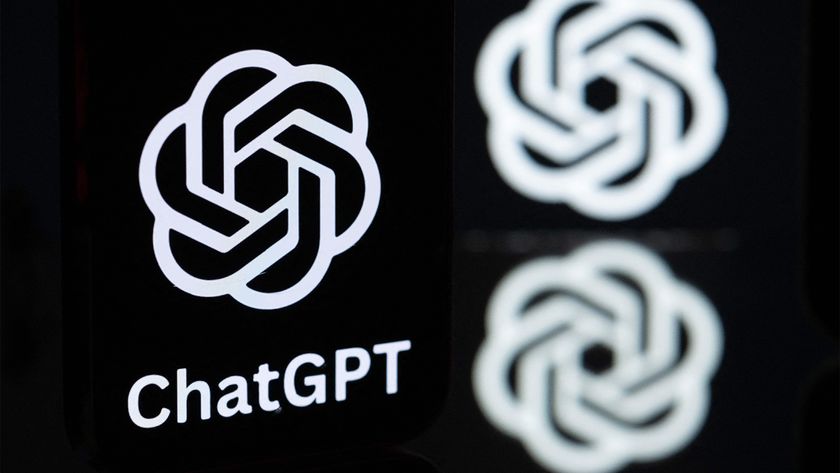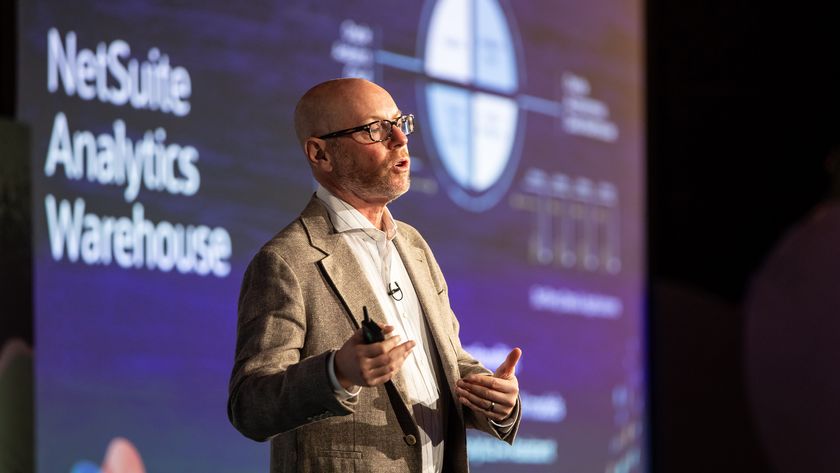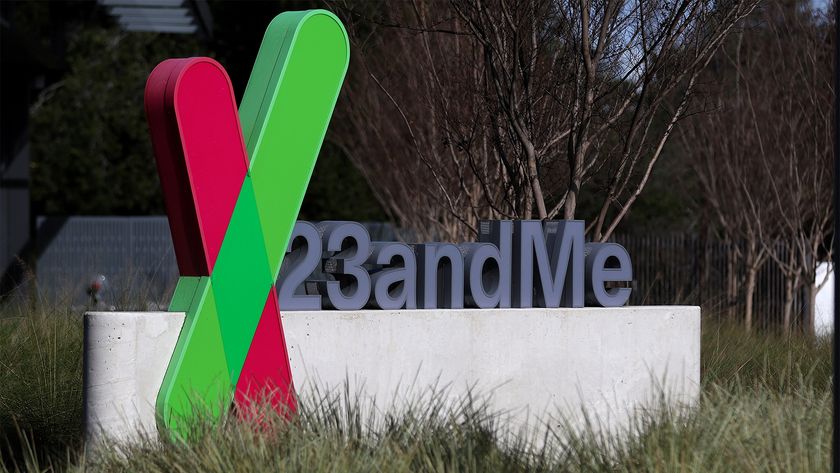Fulham FC using iPads to fight football hooligans
We went to Craven Cottage to see how Fulham's IP CCTV operation was using iPads to watch over fans.
Storing footy footage
Another major problem with the old analogue system was storage. Before, Fulham used six VHS recorders and 27 cameras to catch footage. Outside of the time-consuming problems of forwarding and rewinding to locate footage when an incident occurred, this presented the club with a costly storage problem.
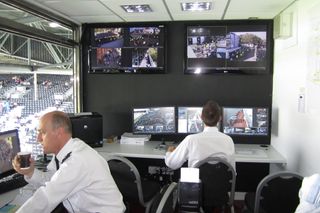
With the IP CCTV system in place, Fulham has set up a private cloud to run it. EMC was brought in to deploy two cloud environments featuring VMware virtualisation and EMC unified storage. The club now runs just six servers, down from 36 operating between its stadium and training ground. This has brought financial rewards with it.
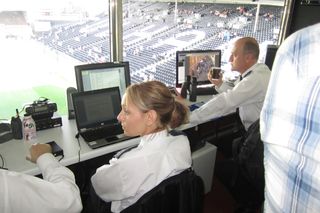
"Over three years we would have saved over 150-200,000 just from hardware maintenance costs," Pendlebury said. "That's not including the time savings of staff having to recover video. Those savings are just from physical maintenance and upkeep of systems."
This all forms part of the club's move to a more virtual, cloudy infrastructure. But will Fulham ever move to the public cloud?
"Fulham wants to develop its cloud internally at first. We have one or two products in the public cloud, but I have a slight concern about security there," Pendlebury told IT Pro.
"Because we have this private cloud and virtual environment, to move that to the bigger cloud will just be a migration, not a whole new learning curve. It'll be a baby step rather than learning to walk. Or we can merge them, going 50 per cent public and 50 per cent private."
Get the ITPro. daily newsletter
Sign up today and you will receive a free copy of our Focus Report 2025 - the leading guidance on AI, cybersecurity and other IT challenges as per 700+ senior executives
An end user-focused approach
Unlike most IT projects, this initiative actually sought the opinion of the end user prior to implementation. Rather than act like the lone wolf it tends to do, IT went out and gathered information from the people using the systems. Novel, hey?
"I did workshops on a number of areas," Pendlebury explained. "Security use the system on a matchday, safety use it, the police and the medical teams use it I got all their feedback about what they wanted from the system. I then put together a list of priories."
With those recommendations from the floor, Pendlebury and his IT team produced a system security personnel learned to use in just four hours.
"For me it was really interesting to understand what the users wanted. Without getting stuck in the technical details, it was looking at how best to deliver for the needs of the security officers that use the system on a daily basis," he added.
When IT and workers on the floor come together, genuinely useful systems can be introduced. Employees will enjoy using them and IT can prove its value to a business by deploying them.
In this case, it'll help keep the thugs who ruin the actual joy of football under control.
Tom Brewster is currently an associate editor at Forbes and an award-winning journalist who covers cyber security, surveillance, and privacy. Starting his career at ITPro as a staff writer and working up to a senior staff writer role, Tom has been covering the tech industry for more than ten years and is considered one of the leading journalists in his specialism.
He is a proud alum of the University of Sheffield where he secured an undergraduate degree in English Literature before undertaking a certification from General Assembly in web development.




